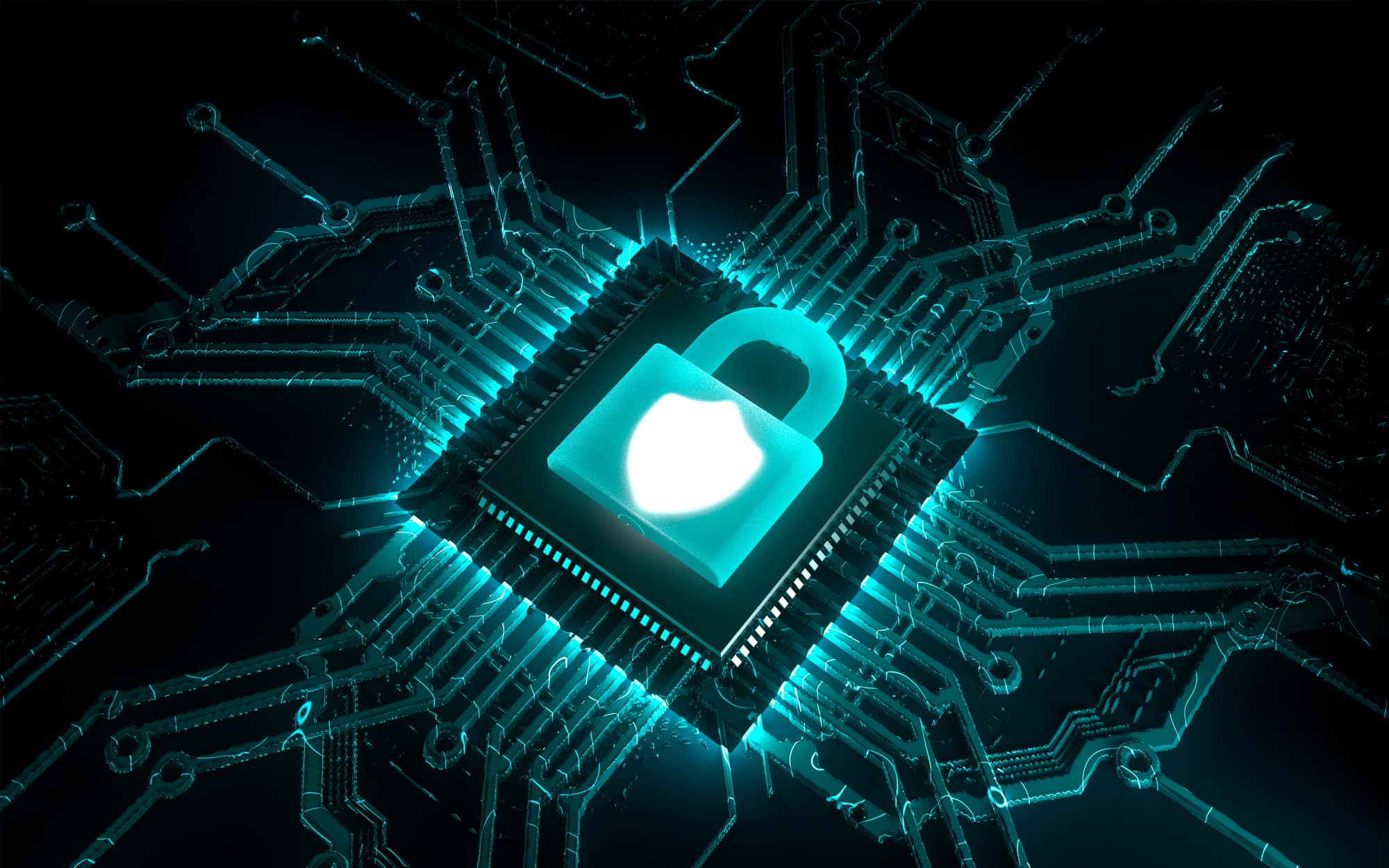
Defining Cybersecurity and Compliance
Avoid excessive costs and prioritize cybersecurity compliance for your business. Learn more about our services.
The Interplay Between Security and Compliance
Cybersecurity and compliance have a complex, interdependent relationship. Security measures are necessary to achieve compliance with laws, regulations, and industry standards, while compliance requirements often dictate the implementation of specific security controls and processes. Understanding how the two overlap is crucial.
Many regulations and standards include specific security provisions that must be met. For example, the Payment Card Industry Data Security Standard (PCI DSS) lays out detailed technical and operational controls for protecting cardholder data. Without adequate security, organizations simply cannot comply.
Some of the critical ways security supports compliance include:
- Access controls that limit access to sensitive data based on user roles and business needs
- Encryption to protect confidential data both at rest and in transit
- Logging and monitoring to detect anomalous activity that could indicate a breach
- Incident response plans to handle security events in a timely, organized manner
- Training programs that raise employee awareness

Security and Compliance Management Strategies for Optimum Results
Organizations today face growing regulatory pressures and an evolving threat landscape. To protect customer data and stay in business, they need to adopt strategies that balance both objectives.
To optimize results, organizations should:
- Take an integrated approach.
Security and compliance programs should work in tandem, not silos. Integrated frameworks address technical, administrative, and physical controls. Streamlining avoids duplication and gaps. - Focus on risk management.
Conduct risk assessments covering regulatory mandates and security threats. Identify assets, data flows, and controls needed to mitigate risks. Prioritize based on potential impact. - Involve cross-functional teams.
Collaboration between security, compliance, legal, and business units is essential. Each brings key perspectives for a comprehensive program. - Automate processes.
Automating policy enforcement, monitoring, reporting, and responses increases efficiency, consistency, and timeliness. Manual processes often lag. - Provide training.
Educating staff on security policies, compliance obligations, and best practices helps promote behaviors that support programs. - Review regularly.
Assess programs, policies, risks, and controls routinely. Modify to address environmental and internal changes. Be proactive, not reactive.
Achieve Customized IT Solutions With Reverus
Reverus isn’t your typical IT service provider. Our goal is to optimize your performance and productivity through innovative solutions. We understand that there is no one-size-fits-all approach to security and offer a range of services to provide comprehensive coverage.




